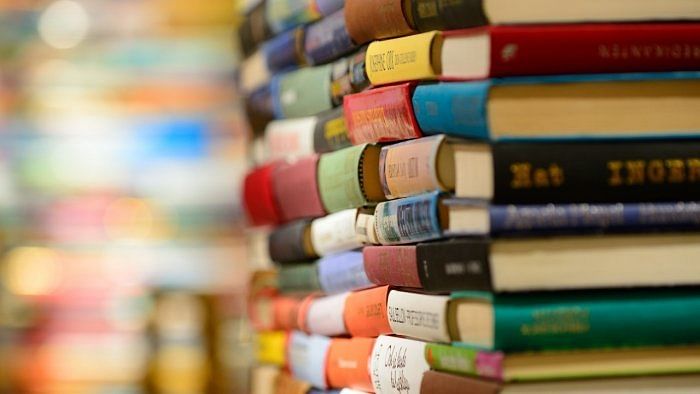
Just like memory shapes our notion of ‘self’, history shapes our social identities. By defining ‘who we have been,’ it can define ‘who we are’ and ‘who we should be.’ Therefore, nation-states have been watchful of their official historical narratives. History has been censored, swindled, and repackaged to serve the ideological desires of the dominant political groups, compromising its other psychosocial and educational functions. Historical narratives are susceptible to indicating universality, but they are neither universal nor stagnant. They overlap, entangle, and contradict each other. Understanding these confluences in history has produced promising educational gains for learners.
Several developed countries have attempted to balance the disciplinary requirements with the nation-building concerns surrounding history. Here are a few examples: The School History Project, funded by the British Schools Council, was established in 1972 in London, focusing on developing material and curriculum for fostering understanding of historical concepts and the role of evidence in historical reconstructions. Germany has focused on building Geschichtsbewusstsein or historical consciousness, which means being aware of the past and the dynamic ways in which it affects the present.
In the United States, the Amherst Project (1960–1972) made seminal efforts to teach history through inquiry-based learning.
In Canada, Peter Seixas established the Centre for Study of Historical Consciousness and led the Historical Thinking (HT) Project (2006–2014), which emphasised various aspects of historical thinking and the role that the past plays in people’s daily lives. In the recent decades, debates about historical consciousness and the skills and concepts of historical thinking have also been generated in Latin America, Spain, and Portugal.
In India, however, the politicisation of school history has taken over any other academic discourse around it. Understandably, the first round of history textbooks written in the 1960s were guided by a need to address the severing of national identity and establish communal harmony after the arduous freedom movement and gory partition. But the subsequent policies and textbooks could have been more imaginative and purposeful than burdening history with building national pride. Seventy-six years after independence and several policies behind us, we are still fighting over the “correct version of history”, a race in which only the dominant ideological groups have entered so far.
In post-independence India, the exploitation of history has produced citizens who are poorly trained in understanding the vulnerability of historical knowledge. They have learned history as ‘given’ facts and are ready to consume any alternative interpretation of history as “stunning facts”. With the drastic overhaul that the education system is witnessing with NEP (2020), it is urgent to revisit the broader vision of history education.
To rescue history from political besieging, we need to answer questions such as ‘What is the structure of this discipline?’, and ‘What is the point of learning history?’ ‘Should it be done from an educational perspective, a disciplinary perspective, or a nationalist perspective?’ The most important question is: Is building national unity so incumbent upon history that we have to compromise its disciplinary function?
Building a nation based on a singular, linear narrative will deceitfully justify the erasure of other versions and forms of history. Rather, the diversity in history presents opportunities to imbibe the ethos of plurality and establish connections with the ‘others’. Along with historical facts, students should be exposed to the process of historical writing and sources of historical reconstruction, which builds the perspective that historical interpretations are not just facts out there, but are transmitted through the historian after his/her selection and interpretation of the evidence. There could be apprehensions about students not being able to comprehend the abstractions in this kind of history. But, research has shown that children have the ability to understand most of the skills practiced by historians by the ages of 7-8.
Just as teaching science involves understanding scientific methods and teaching language involves building communicative and literary skills, teaching history, too, should focus on historical methods. We need to empower our future generations for social investigations, just like science builds skills for scientific investigations.
(The writer is assistant professor, School of Social Science, National Institute of Advanced Studies.)